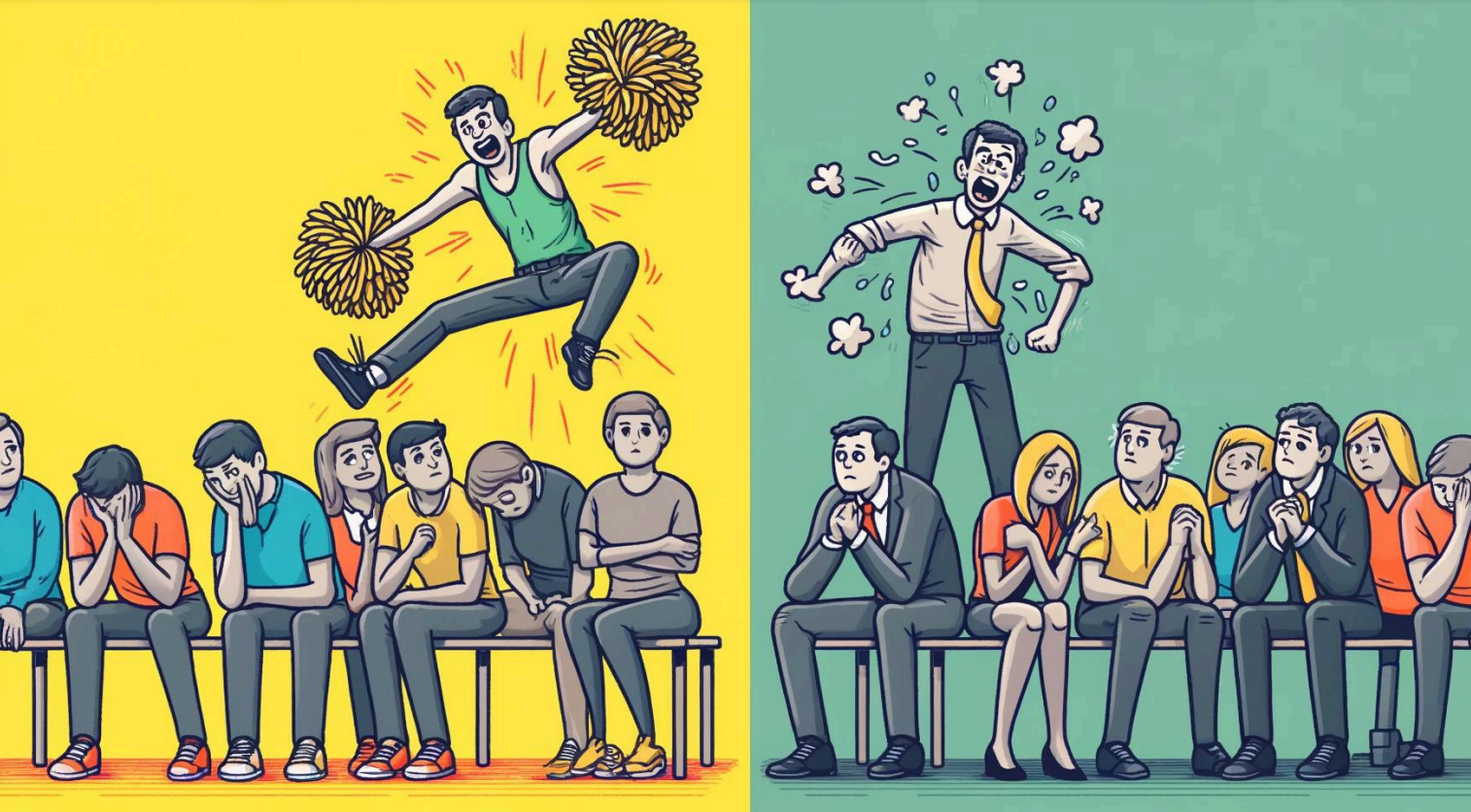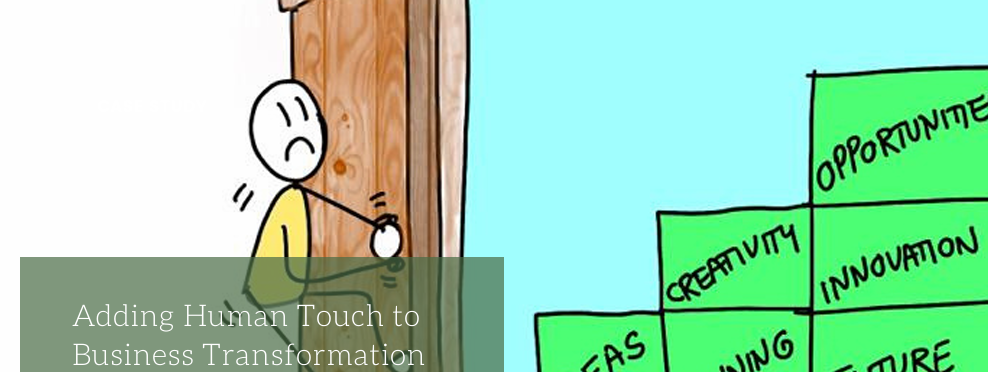Management announces a new way of working that will make the team efficient, reduce delays, and be more flexible. They are having a big town hall meeting and are asking for volunteers who want to drive this change, and the same people (the ones who always raise their hands) stood up and volunteered to drive the change. The management is quite frustrated because even after a compelling story, the rest of the crowd is either still demotivated, demoralized or doesn’t believe in that story.
Does this story sound familiar to you? Have you seen in your organization the same people always standing up to take lead in initiatives and changes? And are you struggling to bring the rest on the board? Here is one way you can do it.
The Skill-Will Matrix

In situations like the above where more drive and engagement is needed from the team, leading consulting companies use the Skill-Will Matrix. In the Skill-Will Matrix, you can assess your team members based on their skills and will. In the figure below, you will see 4 categories in which you can group your team.
- High Skill-High Will : These are the drivers; self motivated, and skilled to make an impact. They are the ones who would raise their hands to all initiatives most of the time.
- High Skill-Low Will : These are the critical ones who are talented but are reluctant towards change. They often come across as road blockers.
3. Low Skill-High Will : These are the ones who are eager, enthusiastic but often lack the right skill to make a difference.
4. Low Skill-Low Will : These are the groups that lack both the skill and the will to make a change.
How to engage all 4 groups
To make things easier, here is a tabular summary on how to recognise and use the Skill-Will curve.




